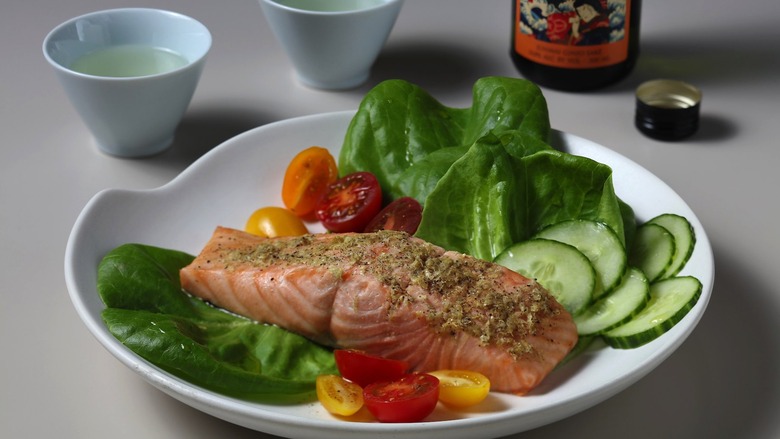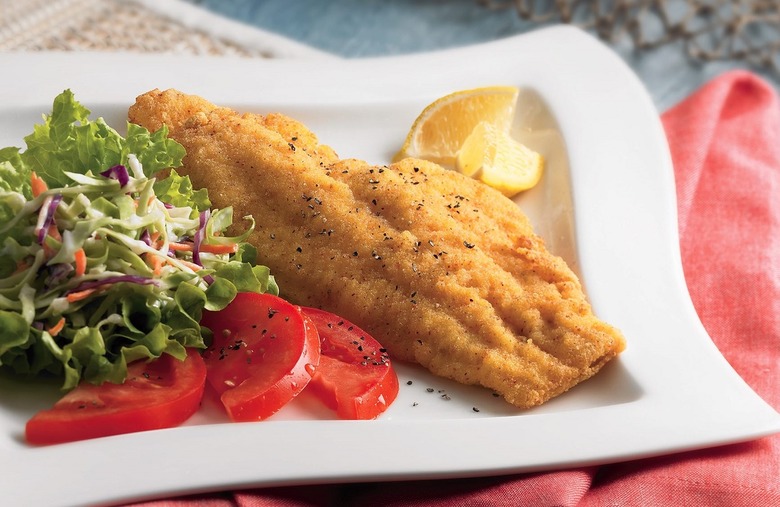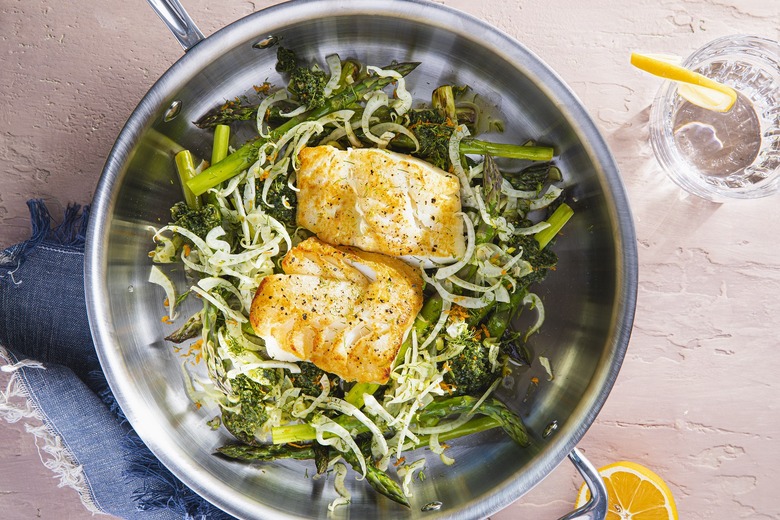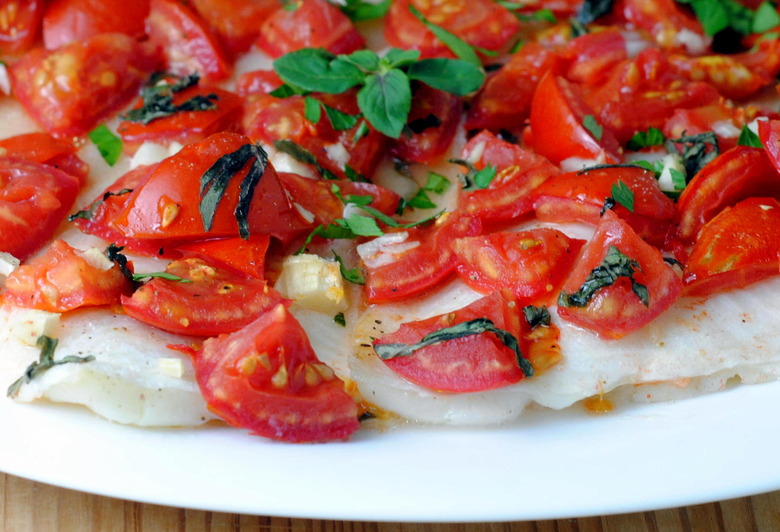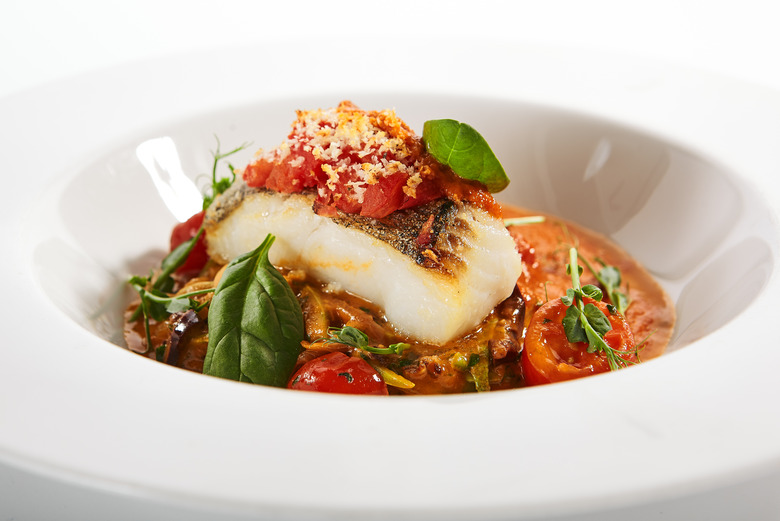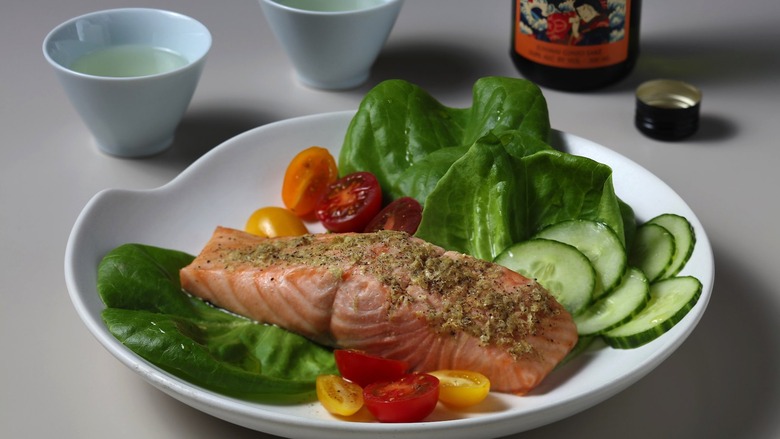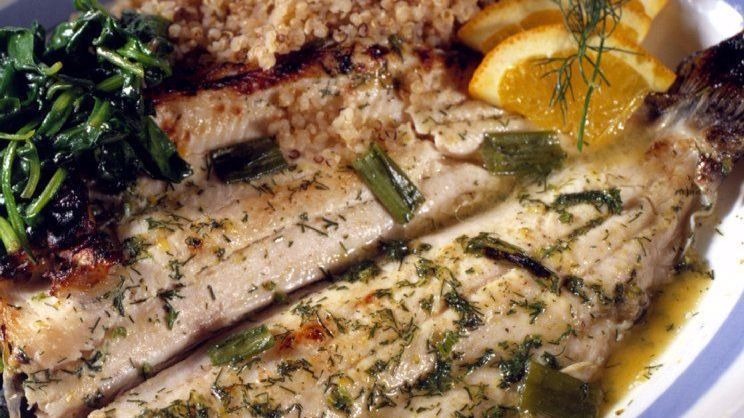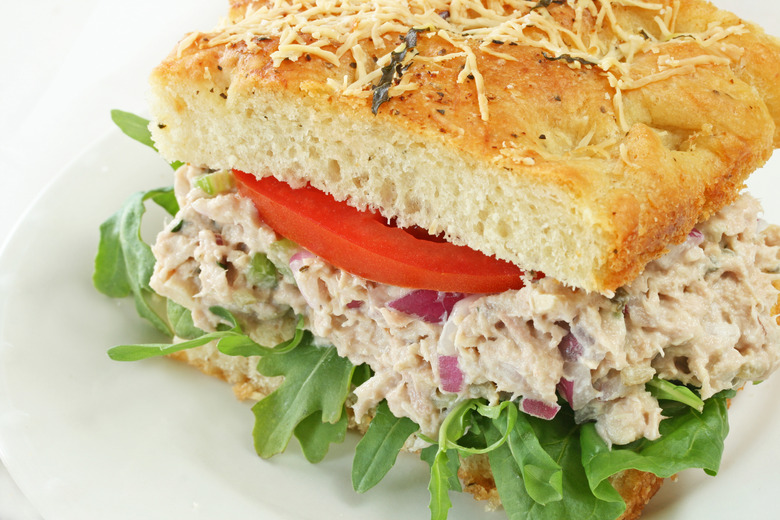The 10 Best Fish To Eat
As consumers, we get some seriously mixed messages about eating fish. On one hand, fish is a cornerstone of the lauded Mediterranean Diet and an excellent source of protein and omega-3 fatty acids. .On the other, some fish are high in mercury and many others are not sustainably sourced. But when all things are considered, we know that fish is a healthy protein source and that we should be eating more of it. While it might sound scary, mercury in fish is OK in moderation. But it's still good to know what you're consuming. We put together this list of the 10 best fish to eat, which takes into account health and sustainability so you can make the best choices for our planet and your body.
This list was compiled using data from the Monterey Bay Aquarium Seafood Watch and the Food and Drug Administration, and takes into account the most popular varieties of fish in the United States, excluding shellfish. Some of the fish included are also on our list of worst fish to eat, which seems counterintuitive but points to the role that different environments and fishing methods can have — and the importance of being informed consumers. At the end of the day, if you eat a varied diet that includes different types of sustainably sourced fish then you are making healthy choices.
Bass
U.S.-farmed sunshine bass, black sea bass and bottom trawled striped bass (also called rockfish) from Alaska, California, Oregon and Washington are rated as best choices by the Monterey Bay Aquarium Seafood Watch. Bass, a firm white fish with a mild taste, does well with many different cooking preparations, including grilled, fried, baked and poached. Try smoking it on the grill for some extra flavor. These bass varieties typically have moderate mercury levels, which means you can have six or so servings a month without worry.
Catfish
Catfish, a staple of Southern cooking, is a seriously underrated fish option. Whether farmed or wild-caught, it's hard to go wrong with catfish from the United States from a sustainability perspective. Farmed catfish will have a milder taste than wild-caught but is lower in omega-3s. Both options tend to be low in mercury.
For the Fried Catfish With Homemade Tartar Sauce recipe, click here.
Cod
A popular choice for chefs, cod is best known for its mild, sweet flavor, firm texture and versatility. From fish and chips to chowder, cod is just as good deep-fried as it is pan-fried. For sustainability purposes, pay attention when purchasing this fish. Pacific cod is a best choice while Atlantic cod should be avoided unless it is farmed using indoor recirculating tanks. Cod typically has moderate to low mercury levels.
Flounder
A mild white fish with a delicate, flakey texture, flounder from California, Oregon and Washington are sustainable choices for eating. Wild Pacific sanddab — a small type of flounder — is also a top sustainable choice. Although not as high in omega-3 fatty acids as other options, these lean flatfish are low in calories, a great source of selenium and one of the best choices for low mercury levels.
For the Flounder With Tomatoes and Basil recipe, click here.
Sablefish
Also known as black cod, this highly-regarded fish is actually not a member of the cod family. It is oilier and therefore richer in texture and taste. There are no varieties of sablefish listed under the Monterey Bay Aquarium's "avoid" list for sustainability, and it has only moderate mercury levels, which makes this a pretty straightforward pick. Black cod is delectable when marinated in a mixture of sake, mirin and miso, as popularized by celebrity chef Nobu Matsuhisa. It also can be used in place of halibut in any recipe.
For the Fish Fillets With Tomato Butter and Fresh Pasta recipe, click here.
Salmon
As one of the most popular fish in the United States, it's good to know that there are several sustainable salmon options, though you do need to read labels carefully. Atlantic and Chinook salmon farmed using indoor recirculating tanks are a best choice, as is salmon from New Zealand. Wild, net-caught pink and sockeye salmon from Washington are highly sustainable as well. Salmon is a low-mercury option and tastes great grilled, poached, sauteed, smoked, steamed, in chowder and more. Arctic char, which has a taste and texture similar to salmon, is also a great choice.
Sturgeon
Perhaps better known for its roe than its meat, sturgeon is an underrated fish with a mild flavor and a firm texture similar to chicken. Farmed Atlantic, Russian and white sturgeon — and their caviar — are the best choices for sustainability and low mercury levels.
Tilapia
Tilapia is a versatile, mild fish that has received a mixed reputation in recent years, but as long as you avoid farmed tilapia from China, this fish is actually an excellent choice. It's affordable, sustainable and has low levels of mercury. Since it is thin, tilapia cooks quickly, making it an excellent choice for easy weeknight dinners.
Trout
A favorite among fishing hobbyists, trout is one of the best options for low-mercury fish. Many varieties are sustainable as well. Look for farmed rainbow trout from the United States or wild-caught lake trout from Minnesota. Trout can be pan-fried, grilled whole, braised, cooked similar to chicken piccata and more.
Tuna
One of the most popular fish for everything from sushi to sandwiches, tuna is also one of the most complicated for consumers to navigate. Certain varieties have some of the highest mercury levels of all fish, making them a less desirable choice. However, different species and fishing methods yield different results. While large tuna like albacore and yellowfin tend to have higher mercury levels, smaller varieties like skipjack tuna, used to make canned chunk light tuna, are generally considered a healthy and sustainable choice. So go forth and keep those fish sticks and sheet pan tuna melts on the menu for fuss-free weeknight dinners.
For the Healthy Tuna Salad recipe, click here.
More from the Daily Meal:
Fish Recipes to Satisfy Pescatarians and Meat Eaters Alike
Prep School: How to Grill Fish
How to Tell When Your Food is Spoiled or Bad
